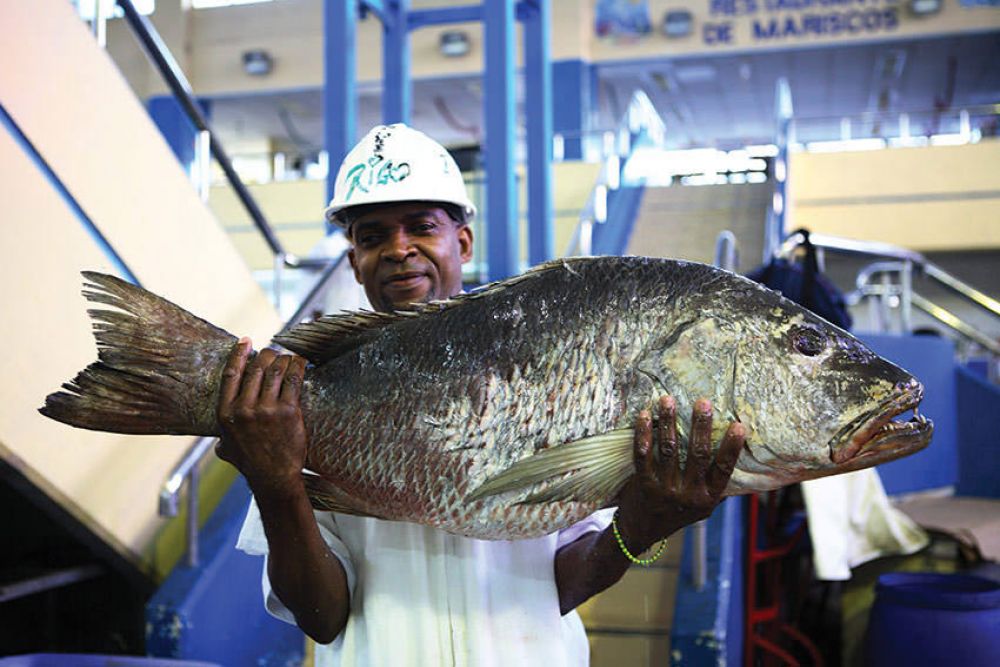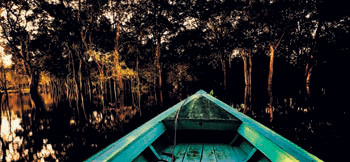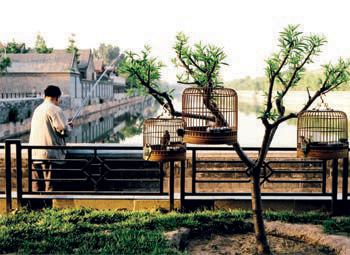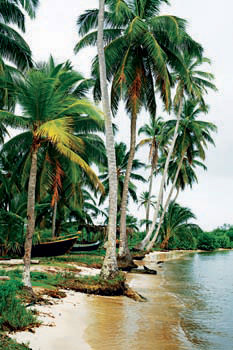Livingstone, Zambia, via Namibia, to Cape Town Southern Africa
Hiring a guide and driver in Africa is the only way to explore properly. You can wait days for a bus and even if it doesn’t break down on the way, it might not always go where you think it’s going. If you have limited time, engaging your own private, safe transport and a good guide with local knowledge is an absolute must.
The people at Acacia Africa have years of experience on the ground, and are sure hands at navigating the rugged, potholed terrain while telling you tales of local life and customs. You’ll travel in a sturdy 4x4 safari vehicle fully equipped with filtered water, spare tyres and all the other kit necessary for a long journey along the red, dusty roads of southern Africa – leaving you to relax and enjoy the scenery, with the added benefit that you can stop to take photos whenever you want.
The trip begins in Livingstone, Zambia, where the guide will escort you along the banks of the great Zambezi river to see mist-swirled views of Victoria Falls, before driving you south to spend two days at Chobe National Park. Elephants stomp their way through the bush here and, on an afternoon game-viewing cruise on the Chobe river, you might see hippos wallowing and kingfishers feeding as the great African sun slips below the horizon.
The drive downstream, where the river fans out into the Okavango Delta, takes you past clusters of acacia trees as you cross the fringes of the Kalahari Desert. At this point it’s time to swap the car for a mokoro, or dugout canoe; the Okavango is the largest inland river delta in the world and there’s a network of waterways populated with hippo, crocodile, buffalo and elephant. You’ll be poled along the waters by skilled Botswanian guides who grew up near the Delta and know its every twist and turn – they might even sing you local folk songs. When evening falls, you’ll set up camp on one of the islands dotted amid the swaying wetland grasses and stoke up the fire to cook hearty goat stew.
Heading across the border to Namibia, you’ll travel to the 22,000 square km Etosha National Park. It surrounds a central salt pan and you might spot leopards or lions before camping beneath the stars in Spitzkoppe, a moonscape-like area of ancient granite peaks in the Namib Desert known as the Matterhorn of Africa, as your guide lights up the traditional African braai.
Hitting the coast just north of Swakopmund, you start heading north to the Cape Cross seal colony; one of the largest seal colonies in the world. Then it’s across the desert into Sesriem in the Namib-Naukluft National Park. Climb up the spine of some of the world’s highest sand dunes and watch the sunrise behind the undulating landscape, while your guide prepares a hearty breakfast of eggs, bacon and sausages – with an optional bottle of champagne.
Pushing on south, you’ll drive through the fertile wine region of Cape Province before arriving at Namaqua National Park, visiting local wine producer Dewald van der Westhuizen (namaquawines.com) on the banks of the Olifants River. The final destination is Cape Town’s townships; when it comes to learning about how apartheid shaped the daily lives of some of the poorest people in South Africa, a guided tour to these areas of the city is a real eye-opener.






